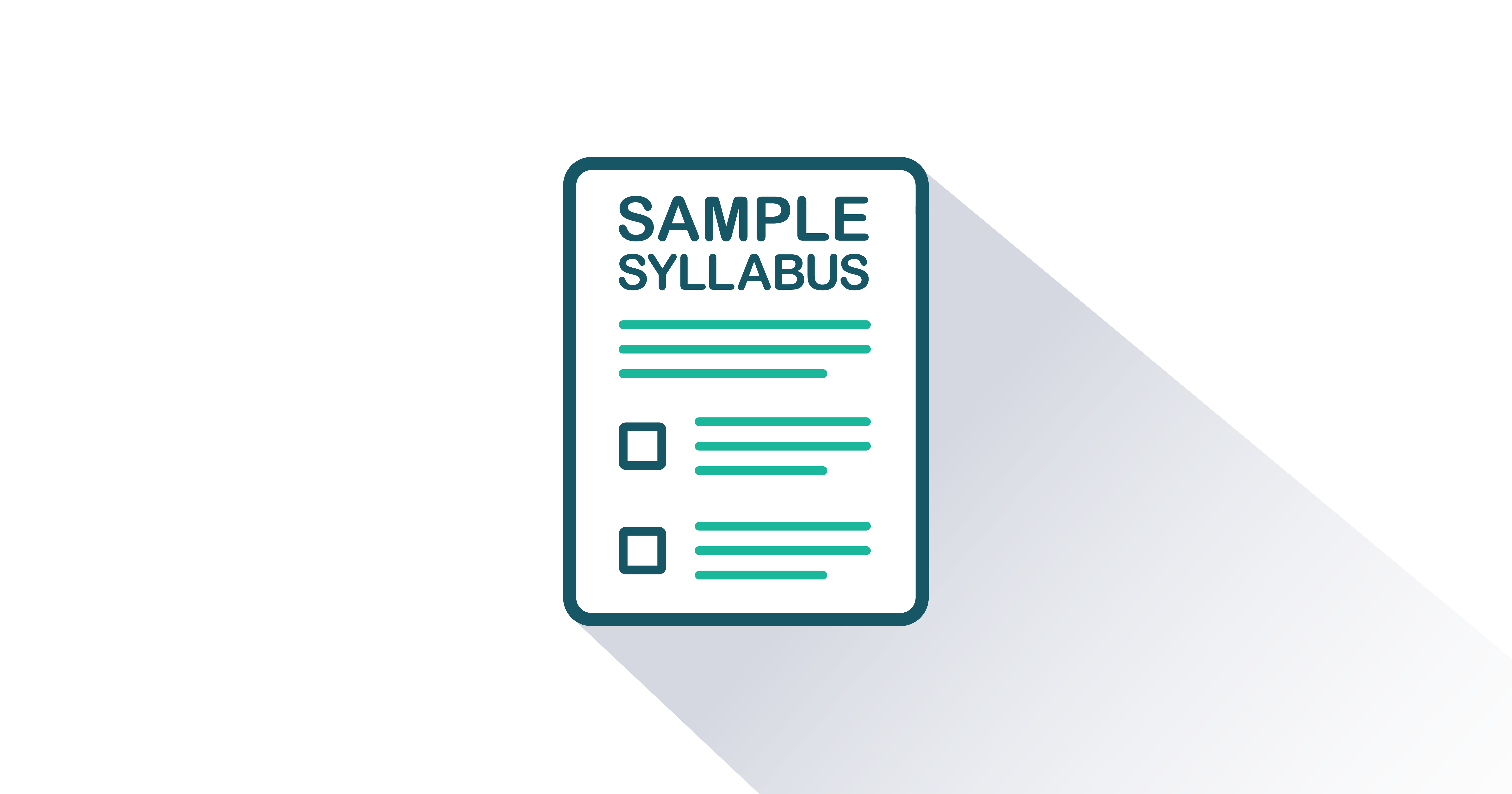Robert F. Lorch Jr. University of Kentucky
Robert F. Lorch, Jr. (PhD University of Massachusetts) is Professor of Psychology at the University of Kentucky. Bob currently teaches courses in cognitive science and statistics. He is the recipient of a Fulbright Research Fellowship and past chair of the University of Kentucky’s psychology department.
Bob’s research interests focus on text processing, particularly processing of expository material (i.e., textbook material), the underlying comprehension of text as a person reads, and the processes by which a reader retrieves text information after reading. More recently, Bob has been conducting research into elementary schools on science instruction. That research aims to design instructional interventions that are effective at teaching the logic and process of experimentation. It involves both lab-based and classroom-based research.








